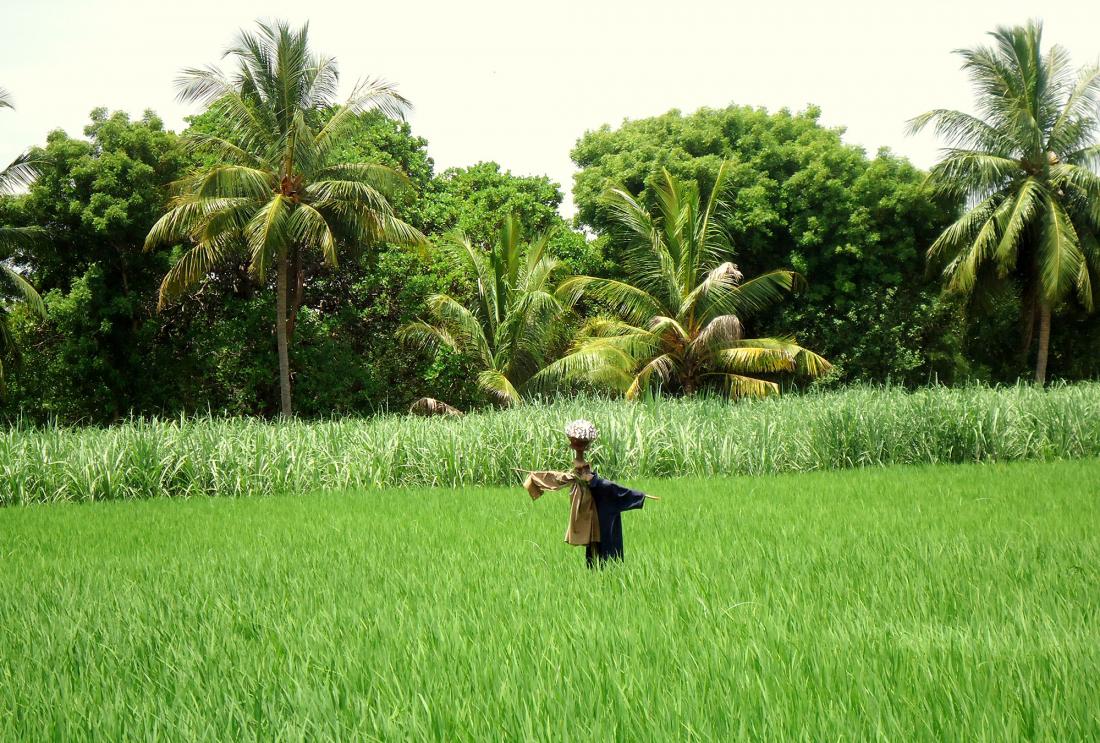Does Microfinance Promote Generosity?
- Farmers
- Rural population
- Empowerment
- Technology adoption
- Credit
- Information
- Insurance
- Savings
Policy issue
The impact of financial access in a rural environment may be different from its impact in an urban context. In rural areas, financial products are often aimed at farmers and promoted as a way to help them adopt more productive agricultural technologies. For instance, increasing access to credit may provide farming households with the funds to make productive investments in agricultural technologies such as improved seeds or fertilizer. Financial products may also act as a safety net to help farmers cope with the risks inherent in agricultural production, such as crop loss from too little or too much rain, and other unexpected expenses. In addition, participating in microfinance groups may encourage farmers to share information about new farming technologies, potentially reducing the likelihood that farmers fail to adopt new technologies due to lack of information. To date there has been limited evidence on the impact of either microfinance or broader financial access in rural areas, especially its impact on agricultural technology adoption.
Context of the evaluation
The evaluation took place in rural Tamil Nadu, a state in southern India, where per capita income was US$1,271 in 2008. As of 2003, few farming households (27 percent) in the state had access to formal sources of credit.
Researchers partnered with Pudhuaaru, Vellaaru, and Thenaaru Kshetriya Grameen Financial Services (PKGFS, VKGFS and TKGFS), three large rural financial institutions offering savings, loans, and insurance products. While these institutions offer a variety of financial products, the most popular is a classic Grameen-style joint liability loan in which five group members support and monitor each other in the repayment of their loans. PKGFS, VKGFS and TKGFS generally offer loans at relatively low interest rates, which has led to high take-up in the communities where it operates.

Details of the intervention
Researchers tested the impact of expanding financial services on agricultural technology adoption among rural farmers in Tamil Nadu. KGFS partnered with the researchers to randomize the order in which it opened new branch locations. From 2010–2015, the institution opened fifty to sixty randomly chosen branches out of a total of 100-120 planned new branches. The other fifty to sixty branches will serve as an intervention group, each paired with a treatment branch, with KGFS delaying expansion into these areas for two years after the opening of the corresponding treatment branch.
Researchers evaluated the impact of the expansion on a broad set of outcomes, including use of financial products, household consumption, and the impact on existing informal credit market. This summary only discussed the components of the evaluation that measured how increased formal financial access affected agricultural technology adoption. Researchers conducted baseline and endline surveys of between 4,500 and 5,500 households in the catchment areas of the planned and existing branches. To understand how the three factors that researchers hypothesize could affect technology adoption—access to financial products, access to information through social networks, and exposure to risk— affect farmers’ ultimate adoption decisions, these surveys asked households about their agricultural activity, social interactions, and household consumption and assets, in addition to basic demographic information.
Results and policy lessons
Results forthcoming.


